Keunjip (큰집식당)
274.8M 2020-02-07
19, Junggu-ro 24beon-gil, Jung-gu, Busan
+82-51-245-3320
Located in Gukje Market near Gwangbok-ro Road in the heart of Busan, Keunjip restaurant is quite accessible; but it is a little difficult for first-time visitors to locate the exact entrance. The restaurant serves a vareity of jjim (steamed food) dishes and hanjeongsik (Korean table d’hote).
The most popular menu is the bulgogijjim (stewed bulgogi) served with tasty gejang (marinated crab), kimchi, nutritious toran (taro dishes), and 10 other side dishes. Another delicacy is Keunjip's haemuljjim (spicy stewed seafood), filled with shrimp, octopus, clams, and more seafood and served with kongnamul (bean sprouts).
Halmae Gaya Milmyeon (할매가야밀면)
286.1M 2020-04-14
56-14, Gwangbok-ro, Jung-gu, Busan
+82-51-246-3314
Halmae Gaya Milmyeon serves chewy, yellow tinted wheat noodles in a cold, clear broth. While the dish could be considered rather simple, the tastes go extremely well together.
Myeongsong Chobap (명송초밥)
296.5M 2020-06-04
32, Haegwan-ro, Jung-gu, Busan
+82-51-246-1225
Myeongsong Chobap in Busan is a Japanese restaurant serving fresh sushi and raw fish.
Central Park Hotel [Korea Quality] / 센트럴파크 호텔 [한국관광 품질인증]
307.4M 2025-01-02
20, Haegwan-ro, Jung-gu, Busan
+82-51-243-8001
Central Park Hotel is located in the middle of Jungang Station and Nampo Station on Busan Metro Line 1. It’s a 15-story building with a total of 67 rooms in different sizes, and some of the rooms have a view of the ocean. The cafeteria serving breakfast is a few steps up from the first floor. There is an indoor terrace right next to the elevator with a table next to the window, and it's free to use for all the guests. The hotel has a parking tower for the guests to park. The lobby is open 24 hours with staff to provide services, with maps and booklets for tourists. The hotel offers luggage storage service for guests who have arrived before the check-in hour or who plan to stay in the area after the check-out hour. Nearby tourist destinations include Yongdusan Park, Gwangbokro Fashion Street, Changseondong Meokja Golmok, Bupyeong Jokbal Golmok, and BIFF. It's easy to get to the downtown area from the hotel.
Nampo Samgyetang (남포삼계탕)
329.4M 2019-12-20
16-1, Nampo-gil, Jung-gu, Busan
+82-51-245-5075
Since 1959, Nampo Samgyetang (남포 삼계탕) in the heart of Busan has been serving samgyetang (chicken ginseng soup) made with fresh, homegrown ingredients. Brewed for as long as 24 hours, the restaurant's chicken stock is rich in flavor and nutrition. Other special dishes include jeonbok samgyetang (chicken ginseng soup with abalone) and jeongi gui (electric grilled chicken).
Wonjo Seoul Samgyetang (원조서울삼계탕)
329.6M 2020-01-09
36, Nampo-gil, Jung-gu, Busan
+82-51-245-3696
This restaurant specializes in samgye-tang (ginseng chicken soup) and has had 60 years of tradition in Nampo-dong. It has been family run for many generations.
Dolsotbapjip (돌솥밥집)
344.6M 2019-06-13
7-1, Gwangbok-ro 37beon-gil, Jung-gu, Busan
+82-51-246-3888
Located in Nampo-dong, Dolsotbapjip is a restaurant that has been serving dolsotbap (hot-pot rice) with a consistent taste for more than 30 years. The only dishes on the menu are doenjang jjigae (soybean paste stew) and sundubu jjigae (soft tofu stew). Both are served with bibimbap in a hot stone pot. After eating the rice, you can also enjoy sungnyung, made by pouring water in the hot pot after you have scooped the rice out. This restaurant, with its long history, has become famous through word of mouth among Japanese tourists.
Calle Arirang de Gwangbok-ro (광복로 아리랑 거리)
352.1M 2024-01-24
Sinchang-dong 1-ga, Jung-gu, Busan
Mercado Gukje (국제시장)
363.4M 2025-04-30
Sinchang-ro 4-ga, Jung-gu, Busan.
Este es un mercado que comenzó a operar como una pequeña aglomeración de puestos que levantaron las personas desplazadas hasta Busan durante la Guerra de Corea. En cierta época fue conocido como el mercado más grande del país, ya que se conectaba con diferentes mercados pequeños de la urbe. Los productos recomendables son los artículos tradicionales como cubiertos, juego de sábanas, suvenires, etc.
Calle de Cultura y Turismo de los 40 Escalones (40계단 문화관광테마거리)
396.6M 2023-02-20
40 Gyedan-gil, Jung-gu, Busan
La Calle de Cultura y Turismo es una calle de 450 m que empieza en la sucursal del banco KB en Jungang-dong y continúa por los 40 escalones de la escalera que pasa por el Centro Cultural, y sigue hasta Palseong. Esos 40 escalones simbolizan las alegrías y tristezas de los refugiados de la Guerra de Corea. La zona ha sido renovada recientemente para reflejar la vida en Corea durante los años 50 y 60 del siglo XX. La Calle de Cultura y Turismo consiguió el título de Mejor Calle en junio de 2014, otorgado por el Ayuntamiento de Busan.
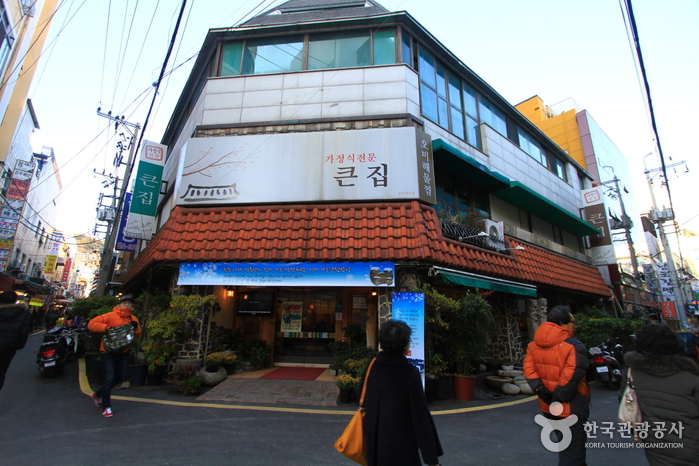
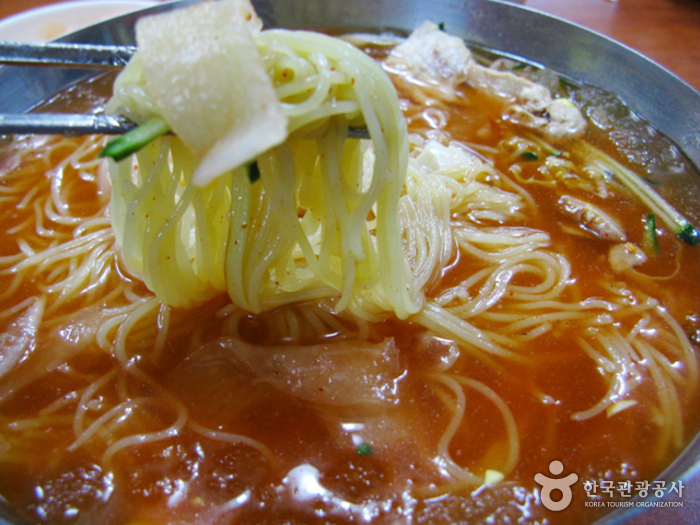
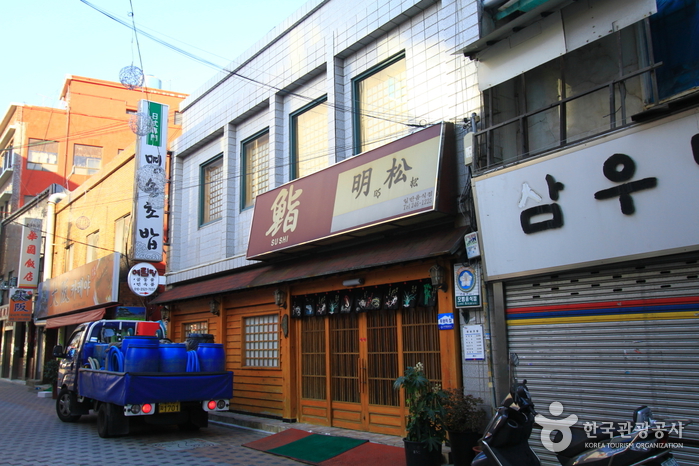
![Central Park Hotel [Korea Quality] / 센트럴파크 호텔 [한국관광 품질인증]](http://tong.visitkorea.or.kr/cms/resource/77/2669477_image2_1.jpg)
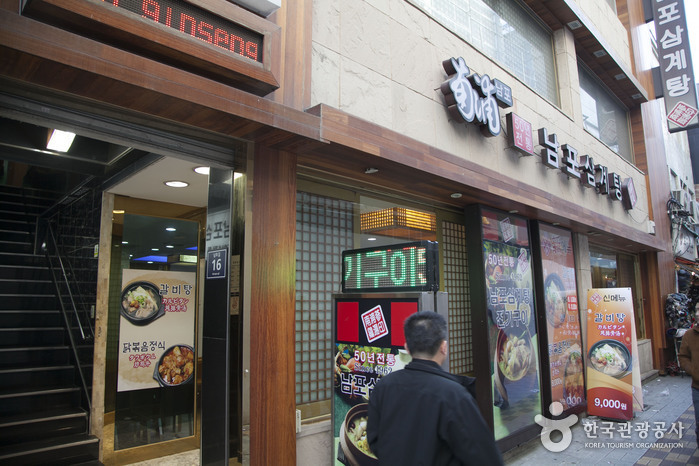
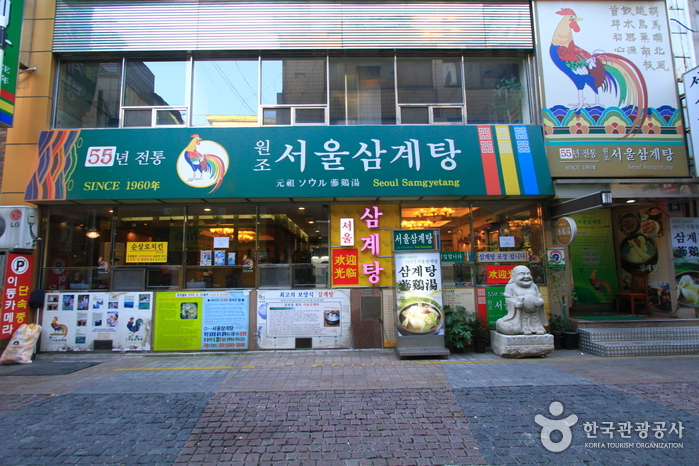

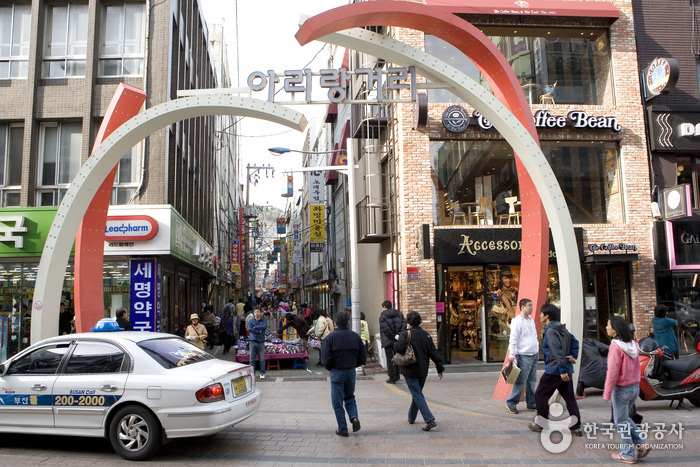
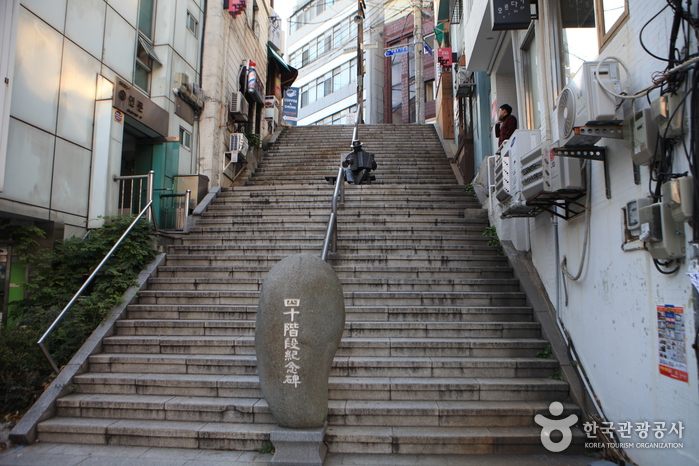
 Español
Español
 한국어
한국어 English
English 日本語
日本語 中文(简体)
中文(简体) Deutsch
Deutsch Français
Français Русский
Русский